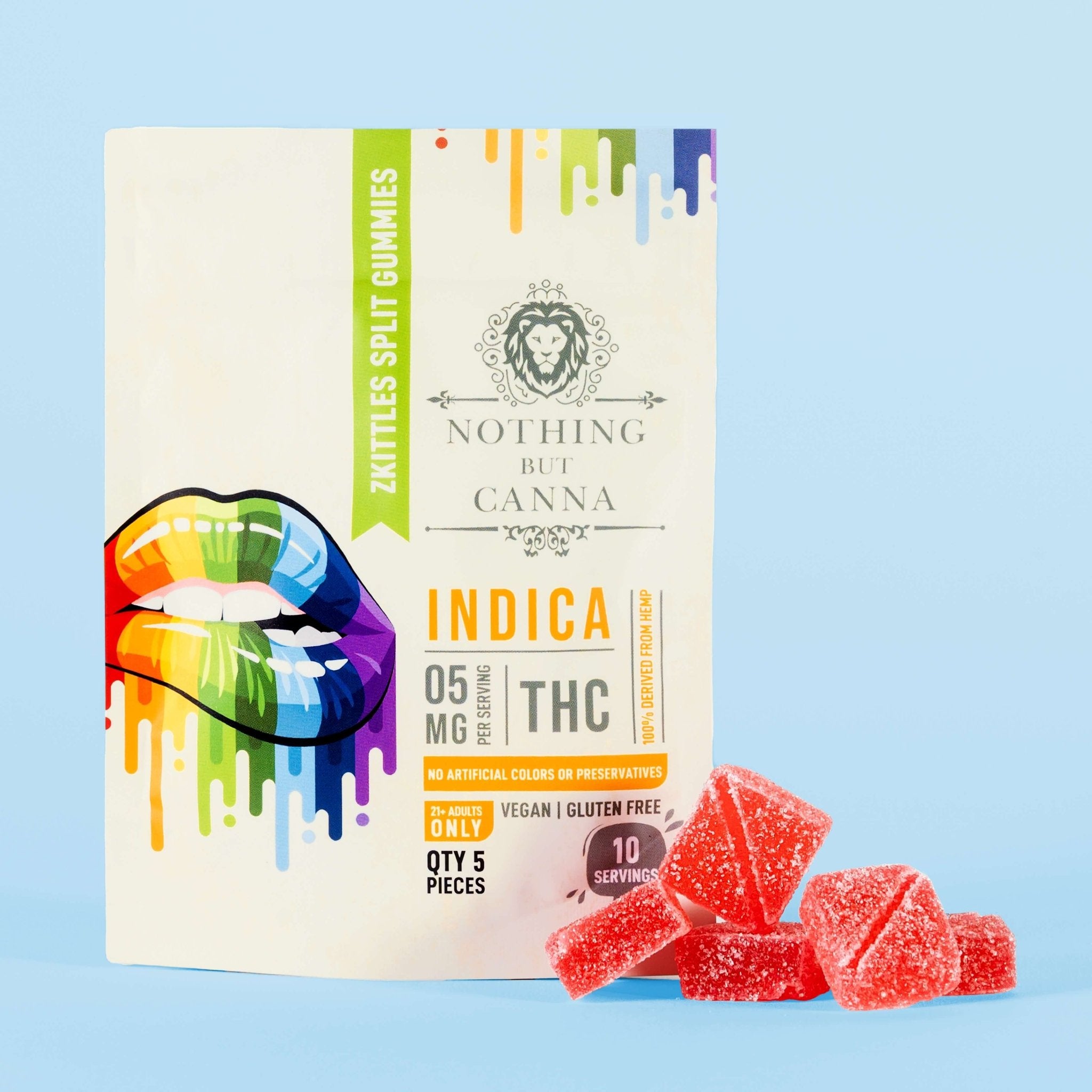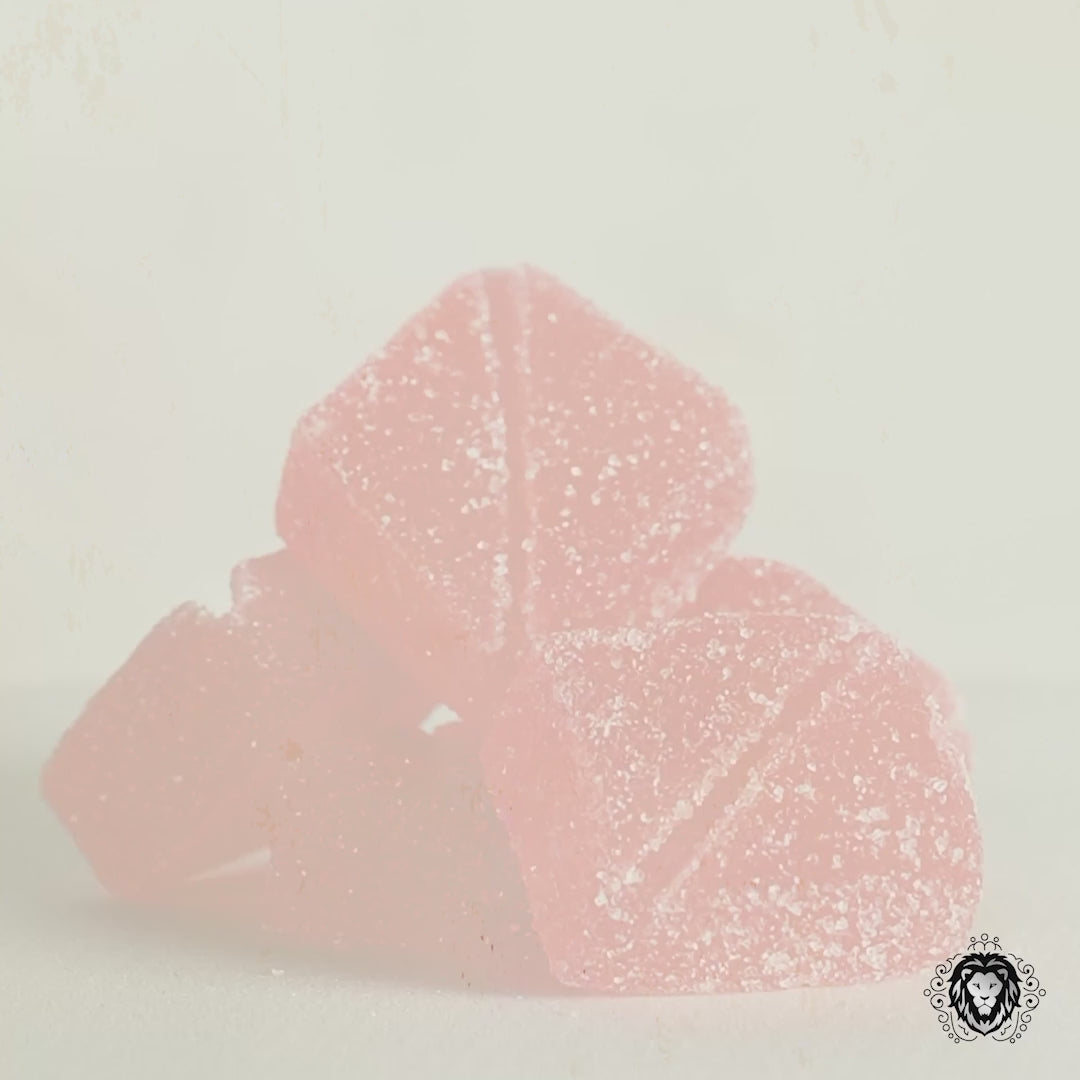
A less-celebrated cannabinoid known as cannabinol, or CBN, is edging into the spotlight, according to sales data from four states with legal cannabis. Its increased popularity is due to its effectiveness as a sleep aid.
For Hemp Industry Daily, Andrew Long reports that sales of products containing CBN grew from $5 million in the second quarter of 2020 to $23 million a year later, in the second quarter of 2021. Total sales were more than $65 million.
The new statistics are based on data from adult-use retailers in California, Colorado, Nevada and Oregon, provided by analytics firm Headset and cannabinoid supplier FloraWorks.
In those states, revenue from CBN has at least doubled over the last year — in some places growing by a factor of 10 or more. In California, the largest of the four markets, CBN product sales grew from $7.3 million in the third quarter of 2020 to $16.1 million in the second quarter of 2021.
The number of products on the market also made an impressive leap.
“There were only seven CBN products in those combined states a year ago,” Long writes, “but that number grew to 55 in the second quarter of 2021, up 20% from the first three months of the year.”
They are popular as edibles, and are taking a growing percentage of the edibles market across all four states.
The first isolated cannabinoid
Although the attention to CBN is new, knowledge of the cannabinoid is not.
“With all the sudden growth, it’s hard to believe that CBN has been around for more than 90 years,” Long writes. “CBN was discovered in the 1930s and then, in the 1940s, became the first cannabinoid to be isolated. And while it provides a mild psychotropic effect, up until recently not much has been done with it.”
That’s because it’s relatively difficult to produce, requiring that cannabis plants be harvested and aged.
“Little to no CBN is created or contained in new or fresh cannabis plants,” Long writes. “The cannabinoid is produced when marijuana or hemp plants are exposed over long periods of time to air and sunlight. As the cannabis dries and ages, an oxidation process turns the THC molecules found in marijuana and hemp into CBN.”
But as the market for sleep aids grew to the tens of billions, the legendary ability of aged weed to induce sleep became promising enough to explore.
“Cannabinoid manufacturers such as FloraWorks have developed extraction processes that not only speed up the natural oxidation process of CBN creation but also purify the cannabinoid to provide a consistent isolate for product manufacturers,” Long writes.
Obstacles to growth
FloraWorks hopes to scale from producing 220 pounds of CBN monthly to 2,200. They’re also planning to seek approval from the U.S. Food and Drug Administration that could to treat CBN as a dietary supplement. (For now, CBN is in a regulatory gray zone similar to CBD.)
“Those issues to us had to be solved for this to become a large-scale product that you could eventually buy in a CVS alongside melatonin,” FloraWorks chief strategy officer, Alleh Lindquist, told Long.
To accomplish that, and to ensure the public trusts CBN in less cannabis-savvy regions, companies like FloraWorks may need to do significant outreach and education, Lindquist told Long.
But if the stats from the American West are any indication, it appears people are ready to invest in a good night’s sleep.








































